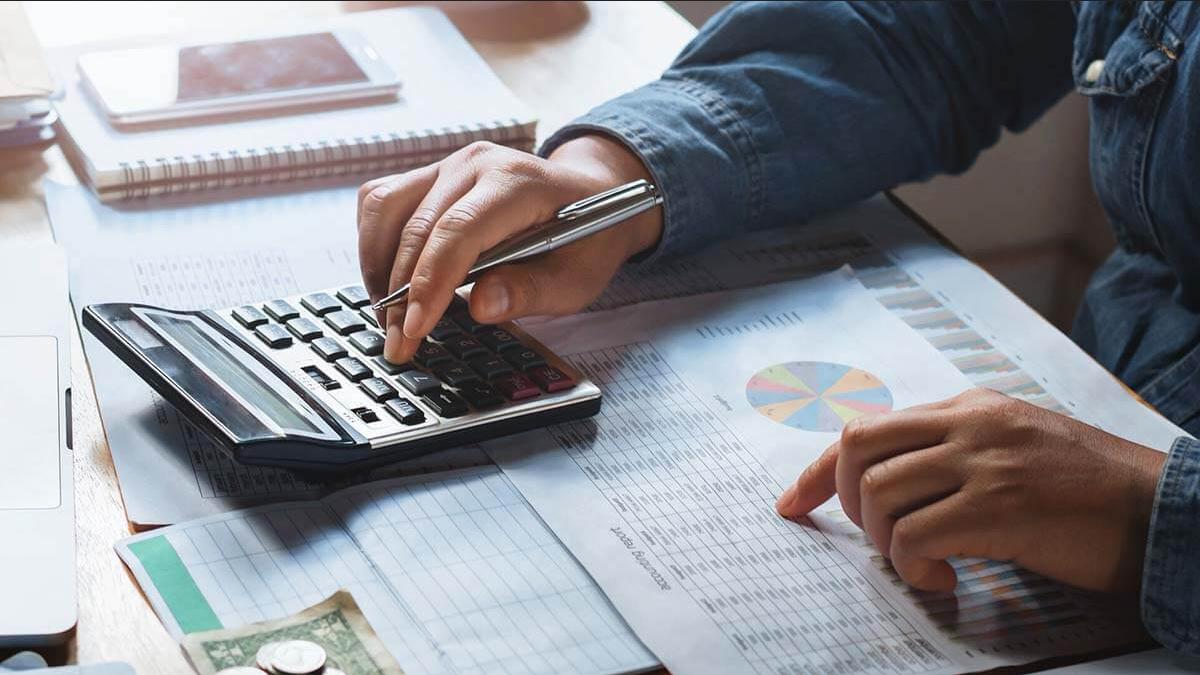Knowing the financial statements of a company at all times will give you a global and realistic view of the state of your company. This, which is also known as financial statements and which may seem not so urgent, is actually decisive when it comes to decision-making, as they are the documents that record the real situation of an organization in a certain period of time.
The exhaustive analysis of the financial statements is the only thing that guarantees whether or not a step can be taken at the business level with all the guarantees. In addition, they also show very clearly if there is any economic aspect that you should start worrying about or, on the contrary, that you would do well to start putting out your chest. For all that, today we come to tell you everything you need to know about them.
The 4 financial statements: everything you need to know
We have been talking about the financial statements of a company for a long time, but we had not yet told you that we talk about them in plural because there are a total of four.
- Balance general
- Statement of income
- Statement of cash flows
- Statement of changes in equity
Below we will delve a little deeper into them so that you are clear not only about what type of information they should present, but also how to prepare them. Now, it is very important that you keep in mind that all the financial statements of a company must present this information in a clear and concise manner, so that the reader, whether a potential investor or a shareholder, can easily locate the information that you are interested.
1. Balance general
This document is also known as the ‘ balance sheet ‘ or ‘assessment of the financial situation’, and the truth is that its objective is very easy to understand. It is the report that includes both the situation of the assets, liabilities and capital of a company. Or in other words: the amount, in euros, of what an organization has, what it owes and what it invests its money in to continue growing.
Assets
The assets section includes all the assets that a company owns. These can be both tangible (real estate, vehicles, inventory, machinery…) and intangible (brand reputation, followers on social networks…), and always constitute a business opportunity.
Passives
We talk about liabilities when we refer to any type of debt that the company carries. This, in addition, must also include all future obligations incurred by the company.
Capital
This concept, which is also known as ‘net worth’, refers to the money that the company would have left if it sold all its assets and met all its liabilities.
The balance sheet of a company is, therefore, an ideal summary of its state in a given period of time. Knowing it allows us to know the type of evolution of a company and make decisions knowing in advance how these could affect economic development.

